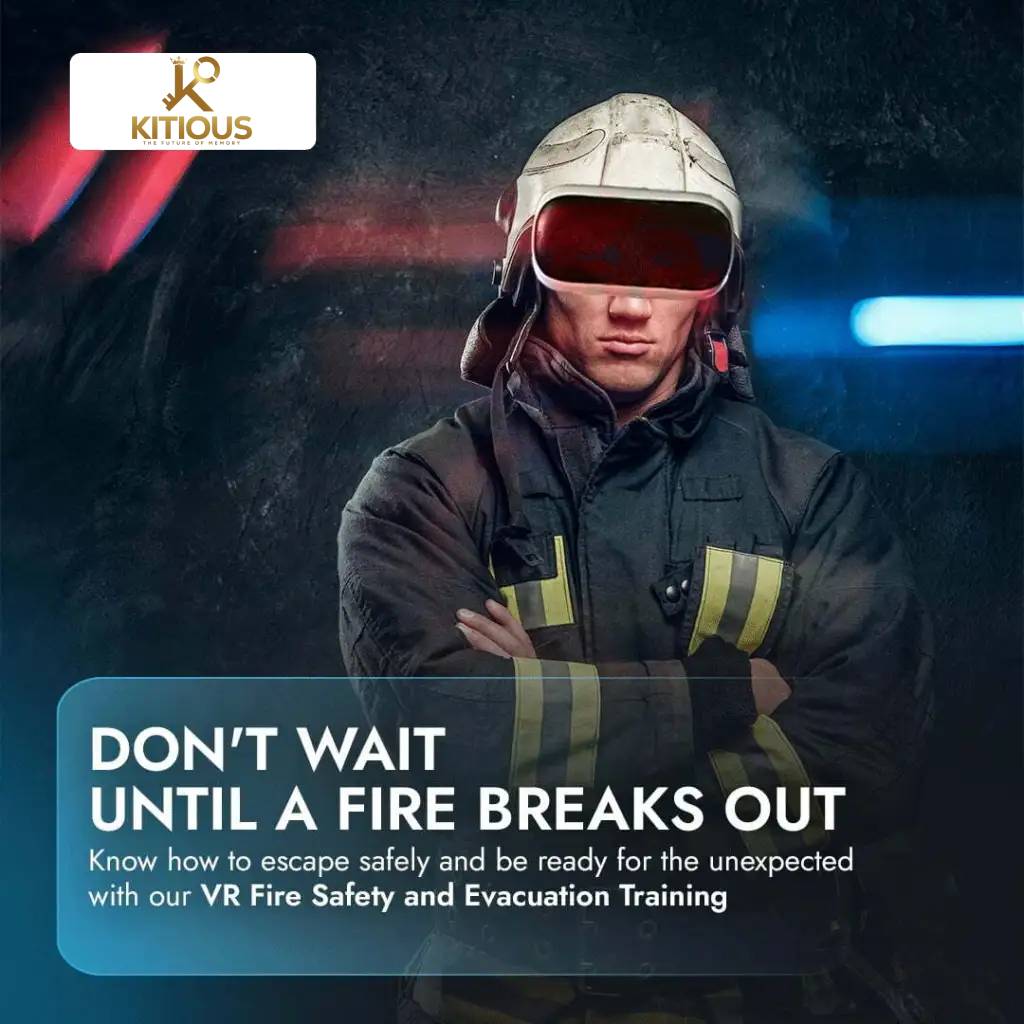VR Fire safety
How Virtual Reality can be a unique advantage for Fire-Safety training?
A Fire can happen anyplace, whenever. It tends to be in the working environment or at homes. Understanding what to do and what not to in such circumstances are fundamental abilities to master.
For quite a long time, companies in the local group of fire-fighters administrations have arranged their laborers training with conventional devices and procedures, for example, structural burn buildings for walkthroughs and fire generators. In any case, a slight deviation while doing the live-fire preparing activities learners and experts may get injured. Then again, making a foundation/region for preparing and overseeing it very well may be an expensive undertaking be it in the work environment to prepare representatives or at the instructional hubs for the putting out fires experts. This is where VR can revolutionize fire-training completely.

Here are three main reasons why
1. Immersive Learning
To improve the learning experience of your staff and workers
2. Cost Effective
Doing this, fundamentally decreases the expense of making another framework exclusively for preparing.
2. Environment friendly
During traditional training they use theatrical smoke machines with artificial fire and live-fire training so that users can experience realistic heat conditions. But in immersive learning with VR safety training we don’t use smoke there by have pride to adapt to eco-friendly solutions that can have a positive impact on the environment and users.
How KITIOUS is involving VR for fire-wellbeing preparedness?
1. Improve knowledge of fire safety procedures and practice,
2. Realistic scenario-based immersive training with different environments and situations.
3. Users to understand what to do and what not to do in case of fire
4. Teach how to respond to uncontrollable fire and apply emergency action plan /evacuation procedures in such scenarios
5. Provide trainees with proper knowledge and practical experience of using fire extinguishers with PASS technique
6. Create situational awareness and readiness to control the fire
7. Understand timely response and to manage under panic situation.
